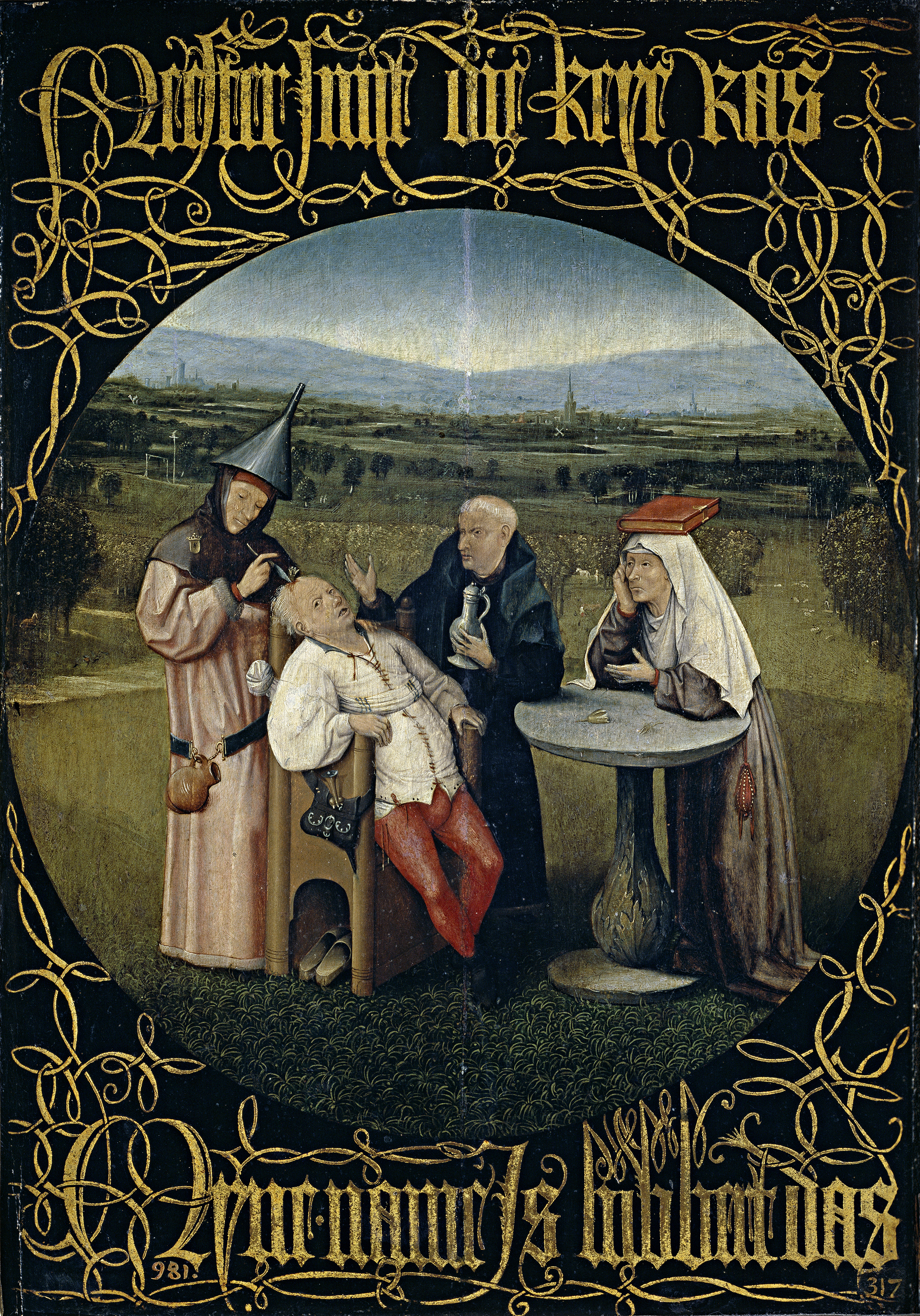By definition, a phenomenon is measured whenever numbers are attached to manifestations of that phenomenon.
Unfortunately, that process is amongst the most intellectually difficult enterprises known to man. The trouble is, everyone thinks he can do it.
Speaking crudely, there are four levels of measurement: nominal (in which different numbers represent different names), ordinal (in which bigger numbers represent relatively bigger effects), interval (in which the ordinal property holds and the difference between 1 and 2 is the same as the difference between 101 and 102), and ratio (in which the interval property holds and zero represents none of the property).
Each level of measurement determines which statistics are appropriate. Again unfortunately, as a former university statistics teacher, I can assure you that this is rarely taught, not even the crude and vastly oversimplified version above. This is a serious problem for society as a whole.
So yes, it can be easily done. Correctly done? Only a few could reasonably attempt it. Hint: if you've never heard of Hoelder's Representation Theorem, please don't bother.
